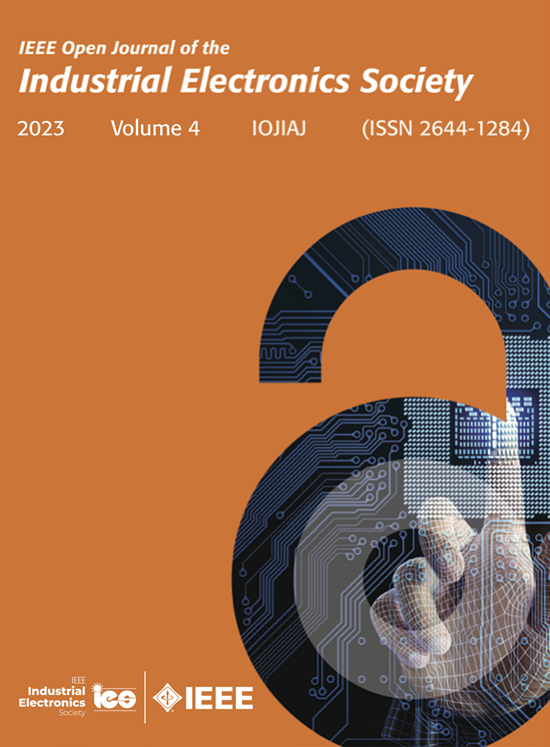Leveraging LLMs and Knowledge Graphs to Design Secure Automation Systems
IF 4.3
Q1 ENGINEERING, ELECTRICAL & ELECTRONIC
IEEE Open Journal of the Industrial Electronics Society
Pub Date : 2025-02-26
DOI:10.1109/OJIES.2025.3545811
引用次数: 0
Abstract
The digital transformation of Industrial Control Systems (ICSs) within the Industry 4.0 paradigm is essential for industrial organizations to remain competitive, while cybersecurity is an enabler. However, security measures, often implemented late in the engineering process, lead to costly and complicated implementations. Thus, this article is concerned with the “security by design” principle in ICSs and facilitates compliance with ICS security standards, which can be legally mandated for some critical systems or adopted by asset owners to protect their assets. Current methods for compliance demand manual efforts from security experts, making the compliance process time-consuming and costly. To address this, we propose a framework for leveraging large language models (LLMs) combined with knowledge graphs to automate the interpretation of security requirements and system architecture as two main elements of the design phase. Our knowledge graph-augmented LLM framework converts system architectures into human natural language, enhancing the automation of various security analyses, especially those that need to handle textual requirements. The framework enables validating applicable security requirements provided by IEC 62443-3-3 (a widely-used ICS security standard) concerning system designs through a question-and-answer interface. To evaluate the framework, various questions with reference responses from human experts were prepared in the context of a use case, and the quality of the LLMs' responses was measured across various metrics. Moreover, we compared the framework with a baseline approach based on formal queries. The results show that the proposed framework effectively automates security tasks and offers a user-friendly interface accessible to nonexperts.利用法学硕士和知识图谱设计安全的自动化系统
工业4.0范式下工业控制系统(ics)的数字化转型对于工业组织保持竞争力至关重要,而网络安全则是一个推动者。然而,安全措施通常在工程过程的后期实现,导致昂贵和复杂的实现。因此,本文关注ICS中的“设计安全性”原则,并促进遵守ICS安全标准,这些标准可以在法律上强制要求某些关键系统或由资产所有者采用以保护其资产。当前的法规遵循方法需要安全专家的手工工作,这使得法规遵循过程既耗时又昂贵。为了解决这个问题,我们提出了一个框架,用于利用大型语言模型(llm)与知识图相结合,以自动解释安全需求和系统架构,作为设计阶段的两个主要元素。我们的知识图增强LLM框架将系统架构转换为人类自然语言,增强了各种安全分析的自动化,特别是那些需要处理文本需求的分析。该框架能够通过问答接口验证IEC 62443-3-3(广泛使用的ICS安全标准)提供的有关系统设计的适用安全要求。为了评估该框架,在用例的上下文中准备了各种带有人类专家参考回答的问题,并通过各种指标测量法学硕士回答的质量。此外,我们将该框架与基于正式查询的基线方法进行了比较。结果表明,所提出的框架有效地自动化了安全任务,并为非专家提供了一个用户友好的界面。
本文章由计算机程序翻译,如有差异,请以英文原文为准。
求助全文
约1分钟内获得全文
求助全文
来源期刊

IEEE Open Journal of the Industrial Electronics Society
ENGINEERING, ELECTRICAL & ELECTRONIC-
CiteScore
10.80
自引率
2.40%
发文量
33
审稿时长
12 weeks
期刊介绍:
The IEEE Open Journal of the Industrial Electronics Society is dedicated to advancing information-intensive, knowledge-based automation, and digitalization, aiming to enhance various industrial and infrastructural ecosystems including energy, mobility, health, and home/building infrastructure. Encompassing a range of techniques leveraging data and information acquisition, analysis, manipulation, and distribution, the journal strives to achieve greater flexibility, efficiency, effectiveness, reliability, and security within digitalized and networked environments.
Our scope provides a platform for discourse and dissemination of the latest developments in numerous research and innovation areas. These include electrical components and systems, smart grids, industrial cyber-physical systems, motion control, robotics and mechatronics, sensors and actuators, factory and building communication and automation, industrial digitalization, flexible and reconfigurable manufacturing, assistant systems, industrial applications of artificial intelligence and data science, as well as the implementation of machine learning, artificial neural networks, and fuzzy logic. Additionally, we explore human factors in digitalized and networked ecosystems. Join us in exploring and shaping the future of industrial electronics and digitalization.
 求助内容:
求助内容: 应助结果提醒方式:
应助结果提醒方式:


